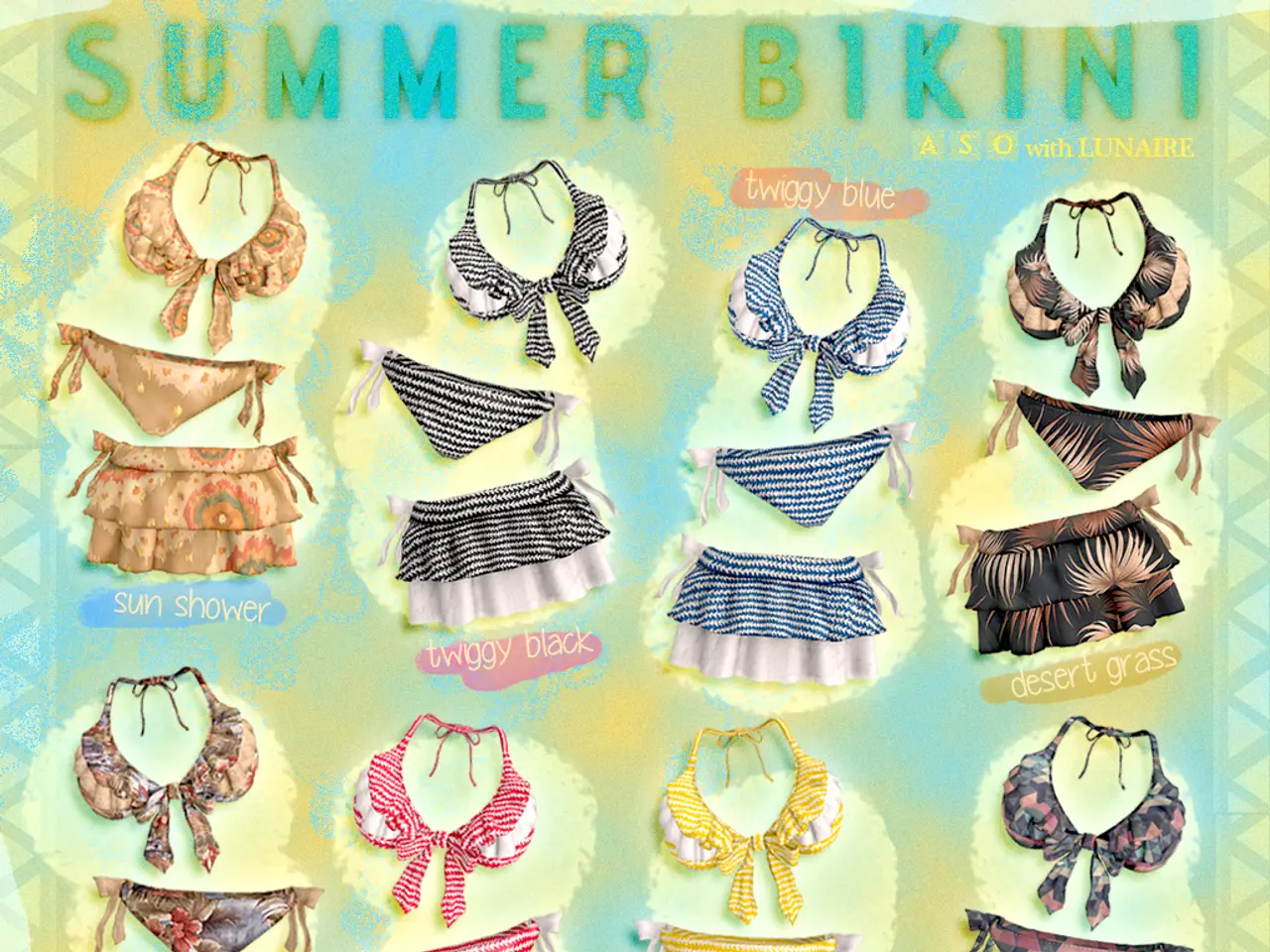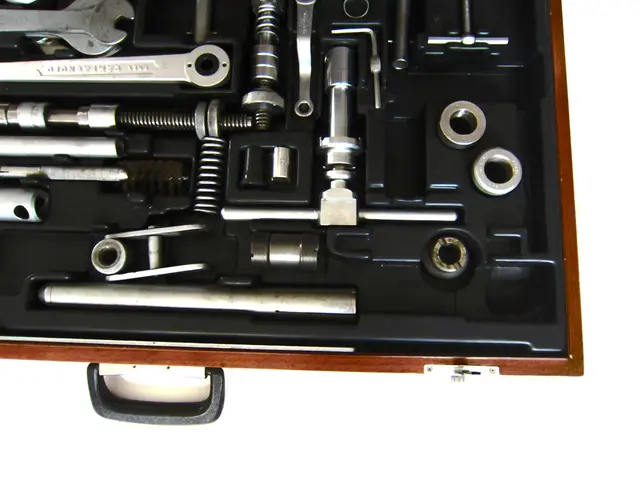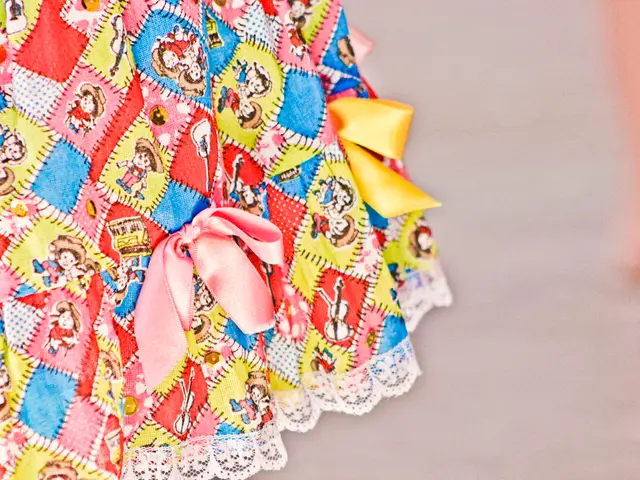Struggling with discomfort in your bras? Maybe it's time to overhaul your underwear drawer for a better fit.
Finding the Perfect Bra: A Guide to Proper Fitting
Finding the right bra can be a challenging task, but it's essential for comfort and support. Here's a step-by-step guide to help you measure your bra size at home for a proper fit.
First, measure your band size. Wear a non-padded, unlined bra (or a tight T-shirt) and wrap a soft measuring tape straight around your ribcage, just below your breasts where the bra band would sit. Ensure the tape is snug but not too tight—you should be able to fit two fingers underneath. Note the measurement in inches and round up to the nearest even number if needed; this is your band size.
Next, measure your bust size. Wrap the tape measure around the fullest part of your bust, keeping it parallel to the floor and not too tight, over your bra or bare chest. Record this measurement in inches.
To calculate your cup size, subtract your band measurement from your bust measurement. The difference in inches corresponds to your cup size:
- 1 inch = A cup
- 2 inches = B cup
- 3 inches = C cup
- 4 inches = D cup
- 5 inches = DD cup, and so forth.
Finally, combine your band and cup sizes to get your bra size (e.g., 34C if your band is 34 and difference is 3 inches).
This method provides a reliable home measurement, but it's recommended to measure yearly, as sizing can change. For best comfort, the band should feel snug yet comfortable and provide most of the support (not the straps), and cups should fully enclose the breasts without gaps or spillage.
For more guidance, expert bra fitting videos and brand-specific sizing tools are available online that walk through this process and help interpret fit and style.
Some key points to remember:
- Your breasts should be fully contained in the cups with no spillage, bulging, or gaping.
- The underwires of a bra should fully encase breast tissue without digging in.
- The wires in between the breasts should be flat against the chest, and the wires beneath the arms should sit on the ribcage and all the way round to the underarms.
- The backband of a bra should sit straight and snug with a firm two-finger tension.
- Shoulder straps of a bra should be comfortably secure with two-finger tension, and the adjusters should sit below the top of the shoulder.
It's also worth noting that 91% of women are wearing the wrong bra size, according to a survey by lingerie specialists Pour Moi. Two of the most common causes of an ill-fitting bra are a backband that's too big, and a cup that's too small. Wearing a badly fitting bra can cause back and neck aches, and lead to sagging of the bust tissues.
For larger busts, Curvy Kate is known for its uplifting lingerie up to an H cup. A wire-free bra that gives great shape is rated as the most comfortable bra by a freelance fashion editor. A ribbed design and a minimizer bra, both available from unspecified brands, are also great for smoothing back fat. A good strapless bra, such as the Pour Moi design, is also available for those who need it.
Remember, the right bra should feel like support, not restriction, according to Curvy Kate's Bra fitting expert, Katie Weir. If a bra fits well, the backband will sit horizontally around the body, offering a good level of support. If you notice that the back band feels so restrictive that there is bulging around the sides or spilling over the back band, the bra is too small. If the strap is riding up, or is so stretchy you can pull it far off your back, the back band is too big.
In conclusion, finding the perfect bra involves understanding your body measurements and the key features to look for in a well-fitting bra. With this guide, you're one step closer to a more comfortable and supportive bra-shopping experience.
- The process of finding a well-fitting bra is essential for both comfort and health, playing a significant role in your lifestyle.
- Proper skin-care and home routines can ensure that your home-and-garden environment is conducive to overall health and beauty.
- Incorporating health-and-wellness practices in your fashion-and-beauty choices, such as choosing a well-fitting bra, can contribute to improved wellness and self-esteem.
- Adhering to the principles of womens-health, like proper fitting bras and skincare, can improve overall health and contribute to a positive body image.
- Take the time to learn from expert videos and brand-specific sizing tools to find the perfect bra, thus enhancing your fashion, beauty, and home-and-garden experience.
- Invest in quality, well-fitting lingerie that supports and elevates your wellness, fashion, and beauty, leaving you feeling confident and comfortable in your home environment.




